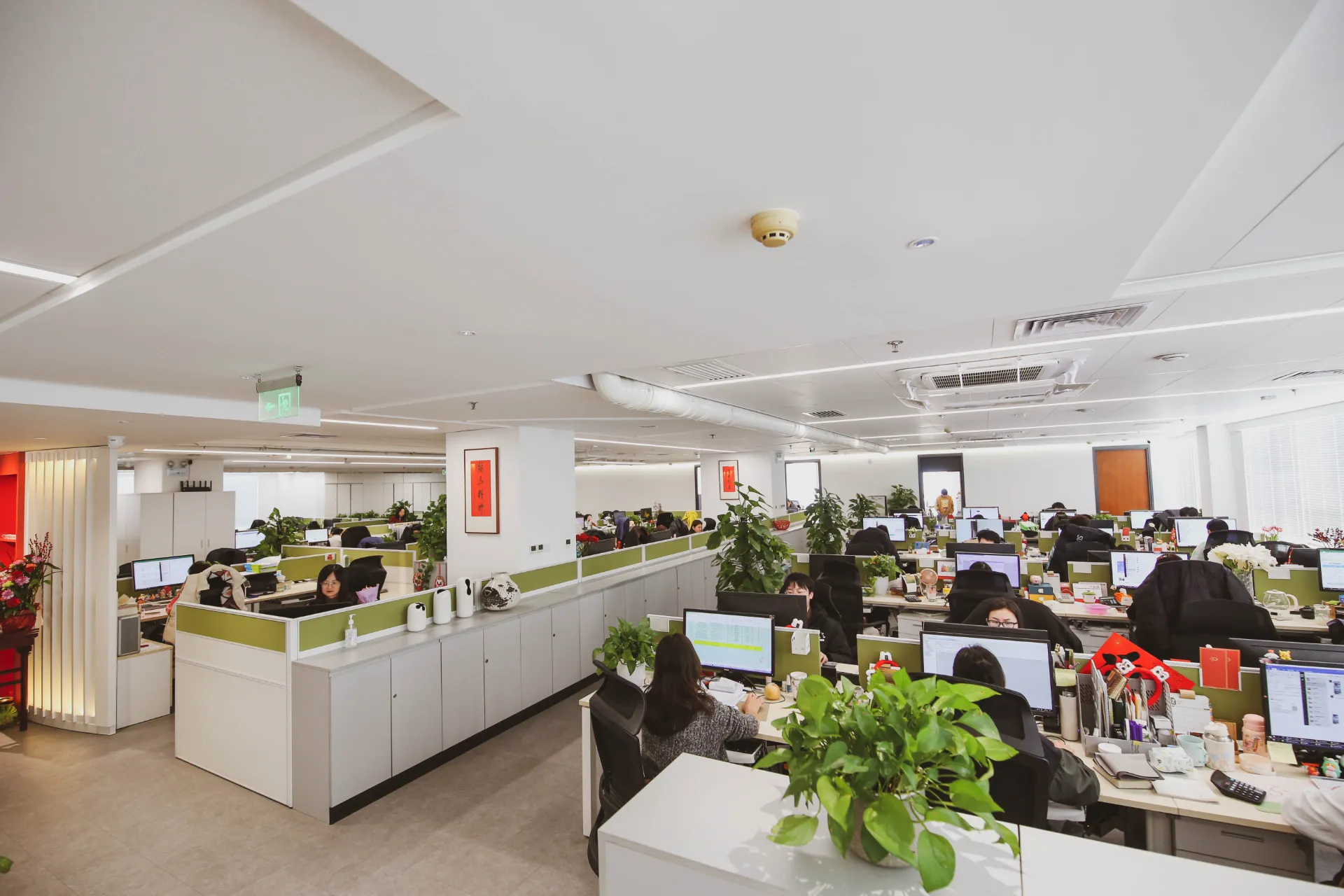Aug . 07, 2024 18:45 Back to list
Creative Display Solutions for Your Clothing Store to Enhance Customer Experience and Boost Sales
The Importance of Store Fixtures in a Clothing Shop
When it comes to establishing a successful clothing shop, one cannot underestimate the significance of effective store fixtures. Store fixtures are the backbone of a retail environment, significantly influencing customer experience, product visibility, and overall sales performance. This article explores the essential role of store fixtures in a clothing shop, highlighting how they can enhance the shopping experience and drive business growth.
Understanding Store Fixtures
Store fixtures refer to the various equipment and furniture used to display, store, and organize merchandise within a retail space. In a clothing shop, this includes items such as racks, mannequins, shelves, display tables, and signage. Each fixture serves a specific purpose, contributing to the strategic arrangement of the merchandise while promoting a cohesive brand image.
Enhancing Product Visibility
One of the primary functions of store fixtures is to enhance product visibility. Well-placed racks and displays can draw attention to specific items, encouraging customers to explore more of what the shop has to offer. For instance, using eye-catching mannequins to showcase complete outfits can inspire shoppers and create a more immersive shopping experience. Additionally, adjustable shelving and hanging systems can accommodate various styles and sizes, ensuring that all products are easily accessible and visible.
Creating an Inviting Atmosphere
The layout of a clothing shop plays a crucial role in shaping the customer’s shopping experience. Thoughtfully designed store fixtures can create a welcoming and inviting atmosphere that encourages visitors to linger longer. For example, soft lighting combined with stylish display fixtures can create a warm ambiance, while open layouts facilitate easy movement and exploration. An inviting space not only attracts customers but also fosters brand loyalty, as consumers are more likely to return to a shop where they feel comfortable and valued.
clothes shop/store fixture

Effective Space Management
In the retail business, space is a valuable commodity. Effective store fixtures can optimize the use of available space, allowing shop owners to display a wider variety of products without creating a cluttered environment. Modular fixtures, for instance, can be reconfigured to accommodate seasonal changes in inventory or to highlight new arrivals. This flexibility ensures that a clothing shop can respond quickly to trends and customer preferences, ultimately enhancing sales potential.
Encouraging Impulse Purchases
Strategically placed fixtures can significantly influence consumer behavior, particularly by encouraging impulse purchases. Attractive displays located near the checkout area, showcasing accessories or sale items, can entice customers to make additional purchases. Retail psychology suggests that when customers are engaged visually by appealing fixtures, they are more likely to add items to their carts, boosting overall transaction values.
Reflecting Brand Identity
Store fixtures also play a pivotal role in reflecting a clothing shop’s brand identity. The choice of materials, colors, and designs used in fixtures can convey the essence of the brand to customers. For instance, a high-end boutique may opt for sleek, minimalist fixtures, while a family-friendly shop might embrace a more vibrant and playful aesthetic. This alignment between fixtures and brand image not only enhances the shopping experience but also solidifies brand recognition in a competitive market.
Conclusion
In conclusion, store fixtures are not merely a functional element of a clothing shop; they are integral to creating a positive and memorable shopping experience. By enhancing product visibility, creating an inviting atmosphere, optimizing space management, encouraging impulse purchases, and reflecting brand identity, well-designed store fixtures can significantly impact a retail shop's success. As the retail landscape continues to evolve, clothing shop owners should prioritize investment in quality fixtures that align with their vision and objectives, ultimately driving growth and customer satisfaction.
-
The Benefits of Electronic Shelf Labels for Modern Stores
NewsJul.01,2025
-
Space-Saving Retail Store Furniture Designs for Small Shops
NewsJul.01,2025
-
Slatwall vs. Gridwall: Which Store Fixture is Right for Your Business?
NewsJul.01,2025
-
Shop Fittings: Essential Elements for a Functional Retail Space
NewsJul.01,2025
-
How to Design a Minimalist Cosmetic Shop Display
NewsJul.01,2025
-
Creative Clothes Shop Display Ideas to Attract More Customers
NewsJul.01,2025


















































































































